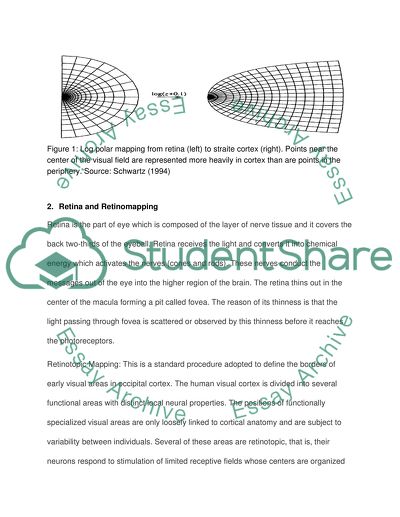Cite this document
(“Visual Information: Sensation and Perception Assignment”, n.d.)
Visual Information: Sensation and Perception Assignment. Retrieved from https://studentshare.org/health-sciences-medicine/1502445-final-exam-essay-sensation-and-perception
Visual Information: Sensation and Perception Assignment. Retrieved from https://studentshare.org/health-sciences-medicine/1502445-final-exam-essay-sensation-and-perception
(Visual Information: Sensation and Perception Assignment)
Visual Information: Sensation and Perception Assignment. https://studentshare.org/health-sciences-medicine/1502445-final-exam-essay-sensation-and-perception.
Visual Information: Sensation and Perception Assignment. https://studentshare.org/health-sciences-medicine/1502445-final-exam-essay-sensation-and-perception.
“Visual Information: Sensation and Perception Assignment”, n.d. https://studentshare.org/health-sciences-medicine/1502445-final-exam-essay-sensation-and-perception.


